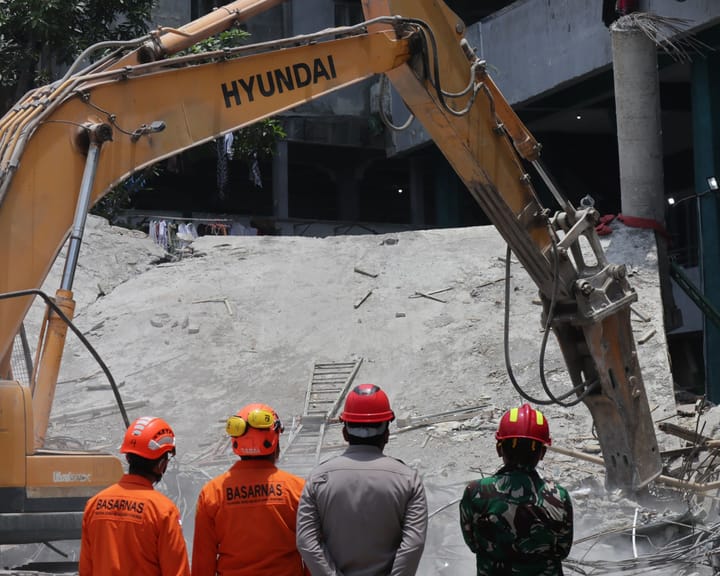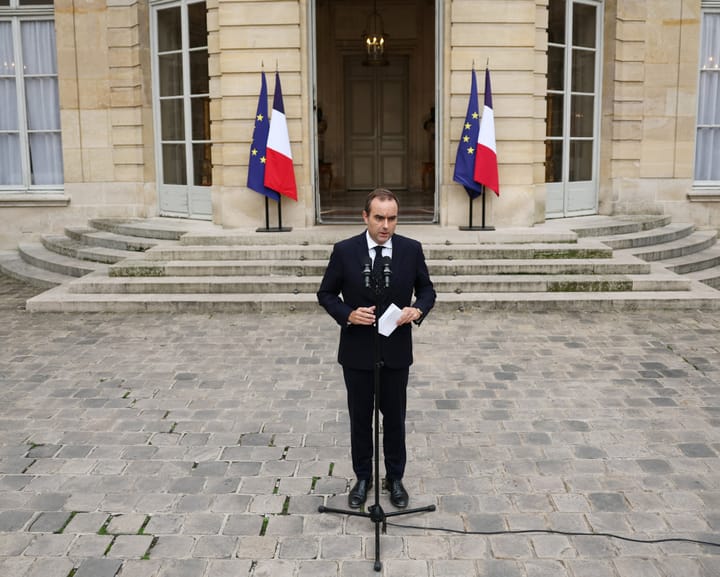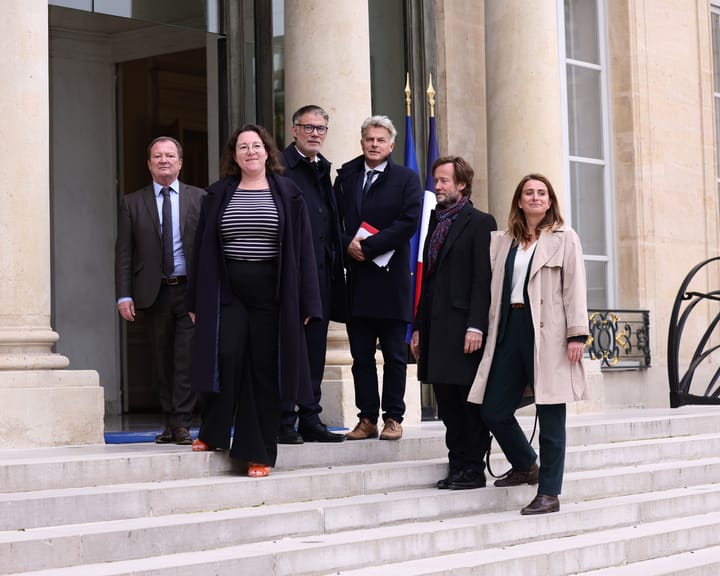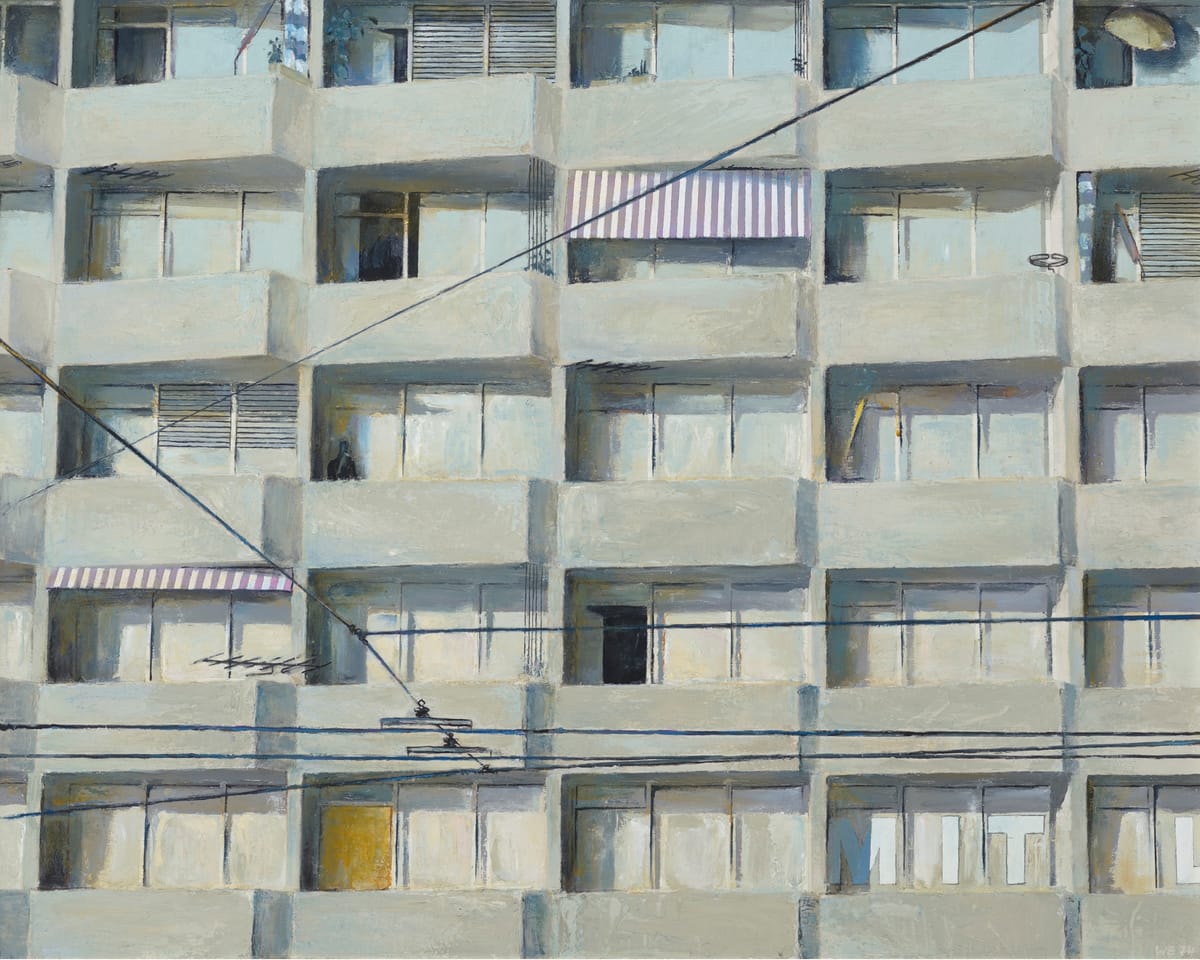Art Exhibition Explores Legacy of Prefab Housing in East Germany
The cultural and political influence of East Germany’s high-rise prefabricated apartment blocks—a defining feature of one of history’s largest social housing initiatives—is the focus of a new art exhibition. The show also subtly addresses the unresolved challenges of today’s housing shortages.
Wohnkomplex: Art and Life in Prefabs examines the collective experience of millions of East Germans while serving as a stark reminder that the struggle for adequate housing persists, regardless of political systems.
The exhibition features 50 works by 22 artists, many of whom lived in or near *plattenbau* estates—named for the concrete panels used in their construction—capturing how these mass-produced developments shaped residents’ lives and broader society. These buildings were central to the German Democratic Republic’s social policies and played a key role in its industrial identity.
“The ‘slab’ represents not just a living space but also a memory, a symbol of societal ideals, and a backdrop for change,” says Kito Nedo, curator of the exhibition at Potsdam’s Minsk gallery, itself a significant example of Ostmodern architecture that narrowly avoided demolition after public opposition.
“One pressing question, especially relevant in Germany and other European cities, is how to provide affordable, quality housing,” Nedo adds. “The GDR’s approach was a major historical effort to solve this issue—one that policymakers still grapple with today.”
From the 1970s onward, these standardized concrete apartments were highly sought after, offering modern amenities such as indoor bathrooms, open-plan kitchens, reliable heating, and nearby facilities like schools, stores, and health centers. Green spaces were also planned, though not always delivered promptly.
Sonya Schönberger’s silicone sculptures document the rapid construction of these buildings, preserving traces of residents’ footprints in the still-wet concrete of Berlin’s Baltic Sea Quarter, built between 1984 and 1988.
The estates’ design—with childcare, workplaces, and public services nearby—was considered progressive, aiming to support gender equality as outlined in the GDR’s constitution. Yet, as depicted in Kurt Dornis’s painting *Second Shift*, which shows a woman working in the kitchen, domestic responsibilities often still fell disproportionately on women after their formal workday ended.
Read next

"Indonesia school collapse: rescue efforts conclude with 67 fatalities"
Search Ends After Indonesian School Collapse Leaves Dozens Dead
Indonesian rescuers concluded their search on Tuesday for victims trapped beneath the rubble of a collapsed Islamic boarding school in East Java, after recovering more than 60 bodies, authorities confirmed.
The tragedy in the town of Sidoarjo struck last week when

"French PM makes last-ditch effort to save government as crisis deepens – Europe updates"
France's Political Standoff Continues as Prime Minister Seeks Cross-Party Support
France remains at a political stalemate as the outgoing prime minister, Sébastien Lecornu, makes a final attempt to gather support from rival parties for a new government.
President Emmanuel Macron assigned Lecornu, 39, to form a government in

"Macron calls emergency talks with parties to swiftly pick new PM"
Emmanuel Macron has called upon the leaders of several political factions to his office, urging them to demonstrate "collective responsibility" as he seeks to appoint a new prime minister amid growing political turmoil.
All parties except Marine Le Pen’s far-right National Rally, the largest opposition group, and

